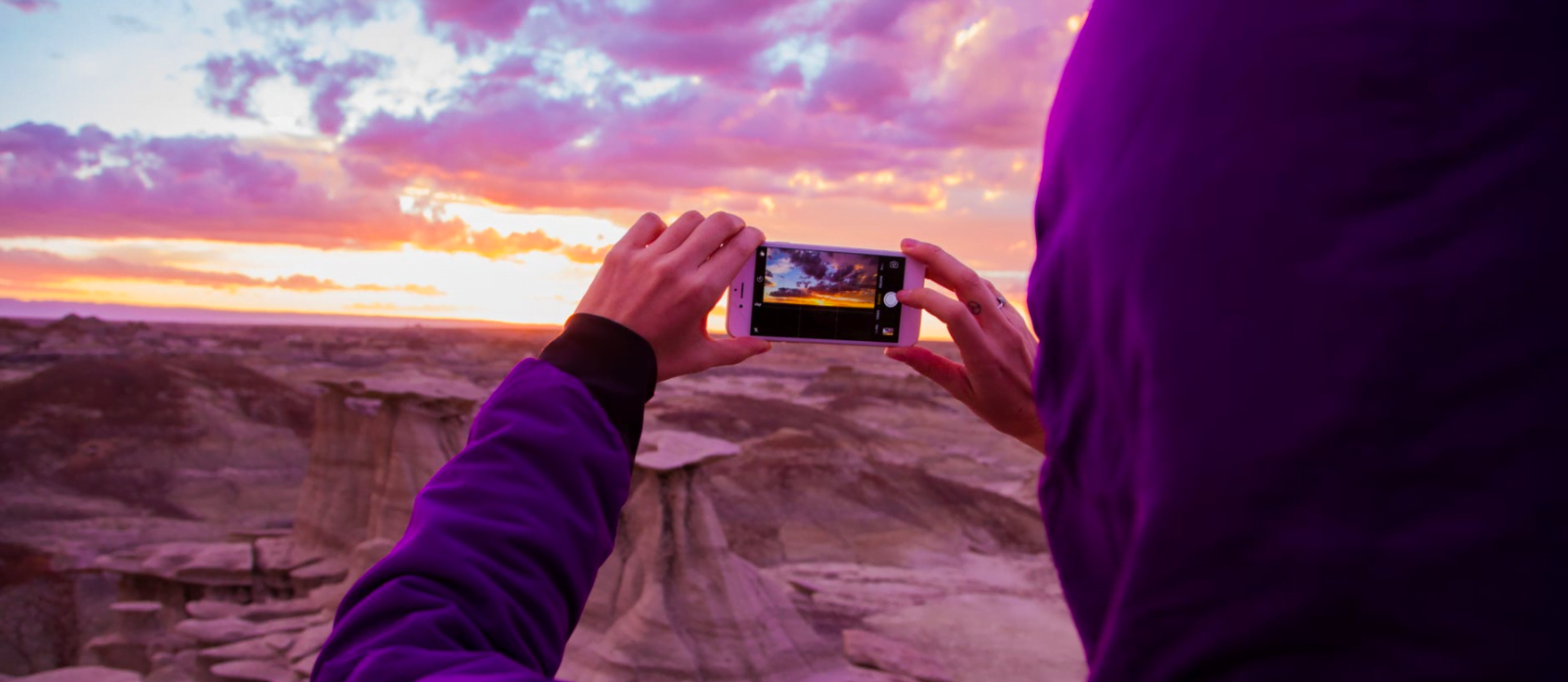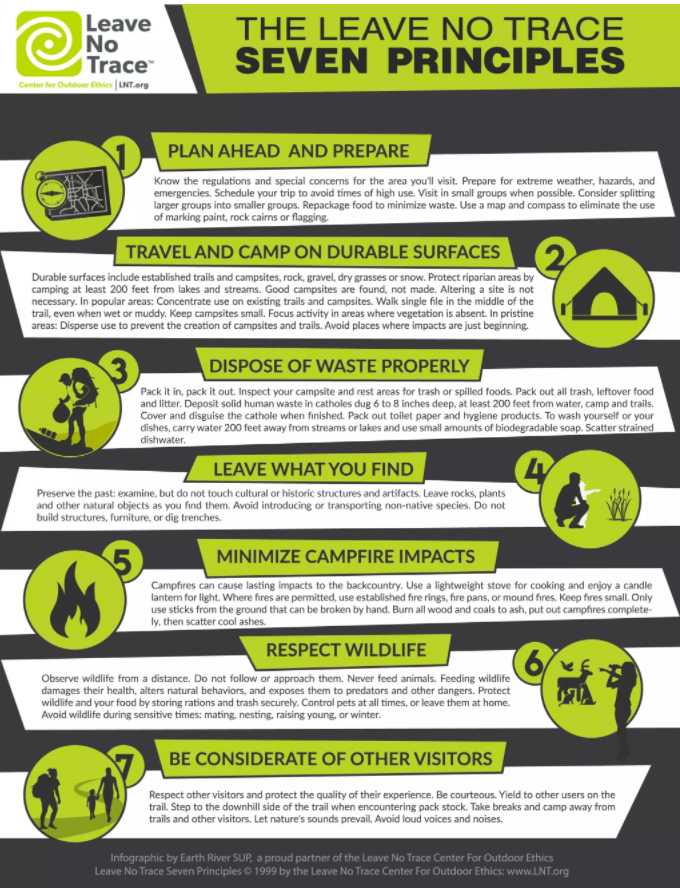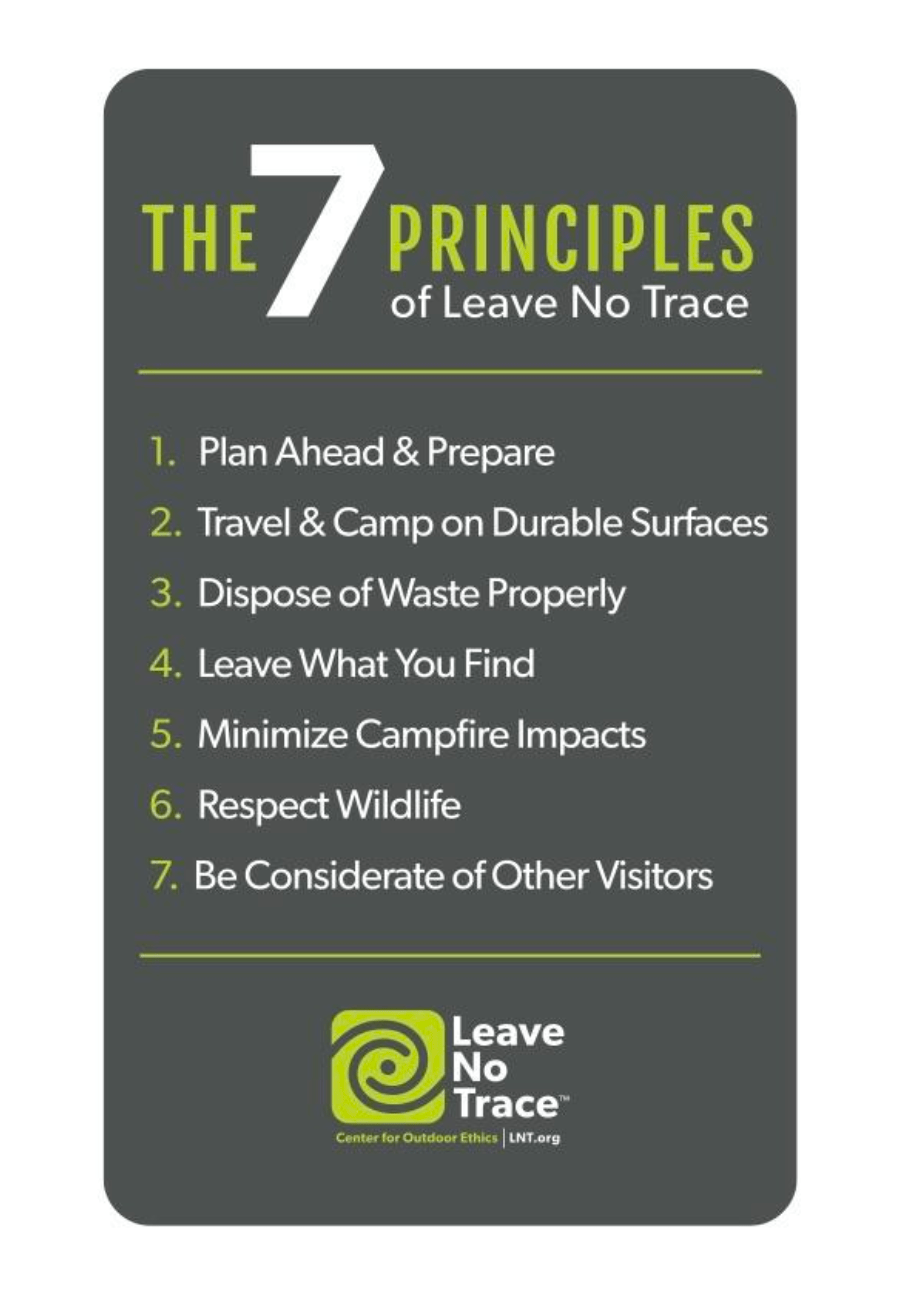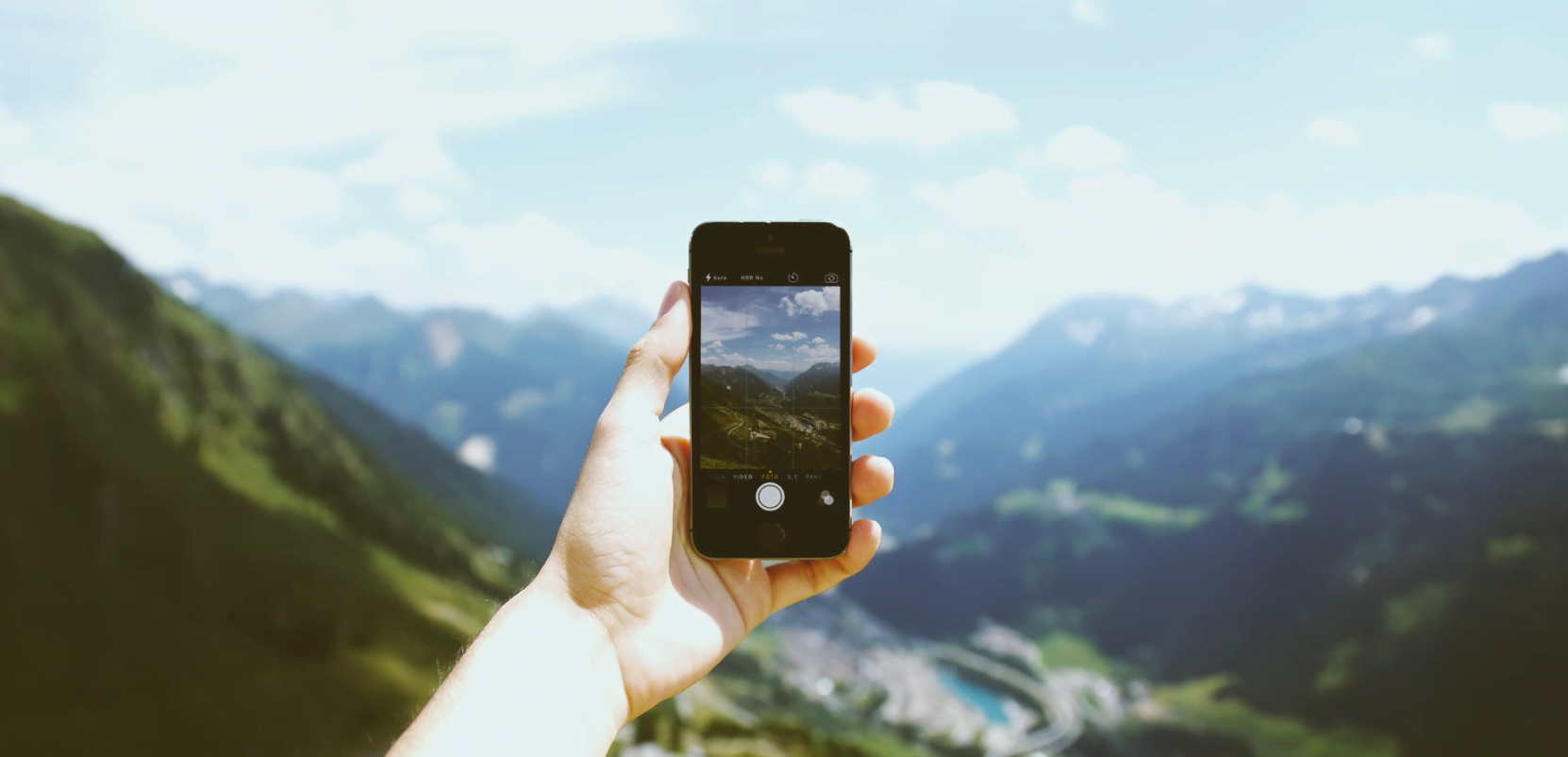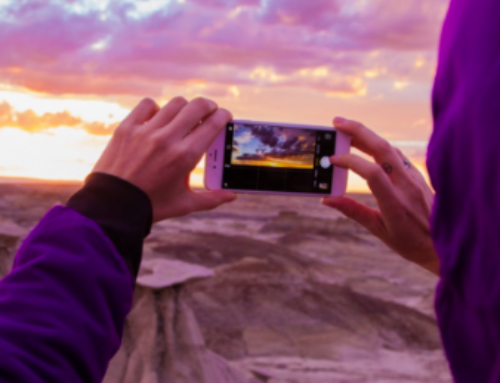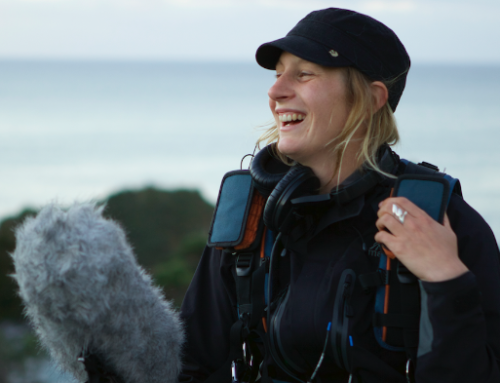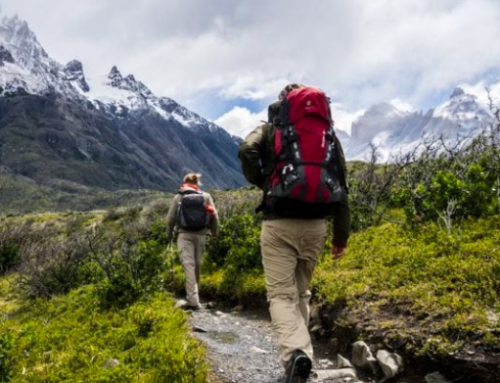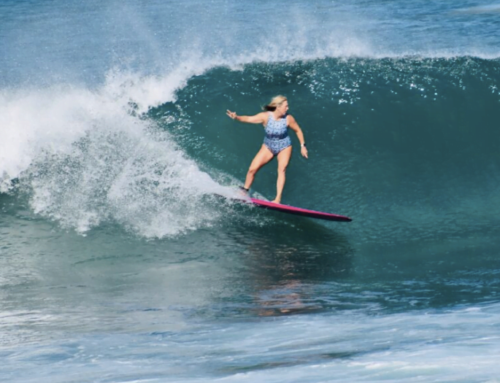

LEAVE NO TRACE: THE ENVIRONMENTAL IMPACT OF SOCIAL MEDIA
Do you have a favourite beach, trail, or lookout that you just can’t get enough of? Have you shared its whereabouts on Instagram or do you want it to remain a pristine hidden gem? Most of us are aware of the effect our physical presence has on the environment and take steps to minimise this when we’re out exploring. But how conscious are we of the impact our digital presence has?
You’ve probably heard stories about outdoor spaces being ruined after going viral on social media. Sydney’s Wedding Cake Rock, for example, which now has over 25,000 tags on Instagram, had to be fenced off after a massive spike in visitor numbers. Often, when hype is created about a particular location, there isn’t the infrastructure in place to support crowds eager to get the perfect photo (e.g. access to rubbish bins and stable walkways). Delicate ecosystems can be permanently altered or destroyed through an increase in inconsiderate behaviour including littering and trampling.
By tagging and popularising particular locations, are we unintentionally threatening the places we love?
The group ‘Hikers for an 8th Leave No Trace Principle’ certainly thinks so. They’ve petitioned ‘Leave No Trace’, an international not-for-profit that advocates for the minimisation of human impact on wild spaces, to add a principle addressing the use of social media to their existing list of seven principles. The hikers emphasise that they’re interested in promoting ethical behaviour, not in “secret keeping”.
‘Leave No Trace’ has decided that an 8th principle is unnecessary; that social media use is covered by the principles of ‘Leave what you find’ and ‘Be considerate of others’. However, they have responded to concerns by releasing these social media guidelines:
- Tag thoughtfully (e.g. don’t tag a specific location)
- Be mindful of what your images portray (e.g. don’t post a photo of a campfire if there’s a total fire ban at the site)
- Give back to the places you love (e.g. volunteer to clean up your favourite beach)
- Encourage and inspire Leave No Trace in social media posts
These guidelines promote thoughtful social media use and hint at its potential to be a powerful force for good! We can share diverse awe-inspiring locations, highlight environmental issues, and increase funding to support our most-loved places. When we talk about and use the outdoors, its perceived value as a public resource increases. Consequently, it’s more likely to be preserved, rather than sold off for development. In a world where urbanisation is on the rise and we’re increasingly detached from nature, getting more individuals involved with the outdoors is vital for its continued preservation, and our continued well-being. Social media can help promote the responsible, low-impact use that will preserve these places indefinitely. And let’s not forget that Australia is a huge, stunning country with so much more to offer than what’s trending on social media!
So, let’s be mindful of our impact. Let’s pause before posting. And hey, that pause might be all it takes to realise that sometimes connecting with nature is much more rewarding than staying connected digitally!
Words by Amy O’Toole


